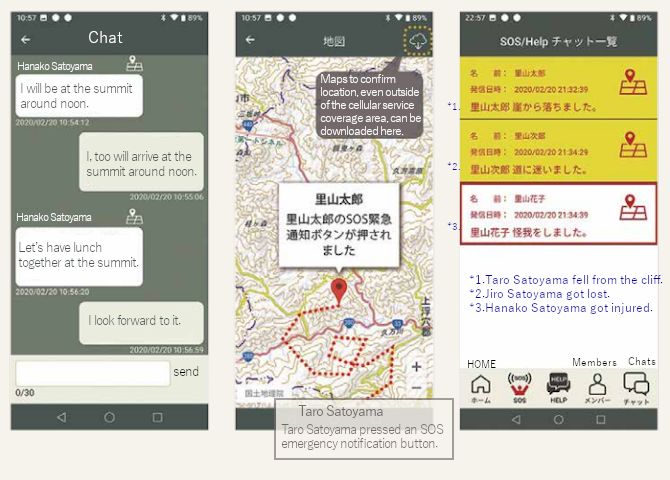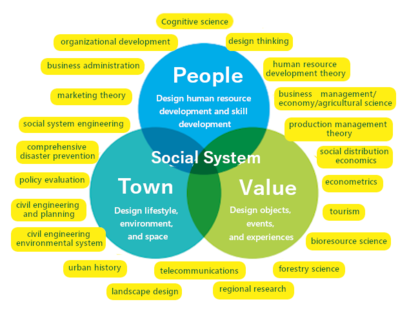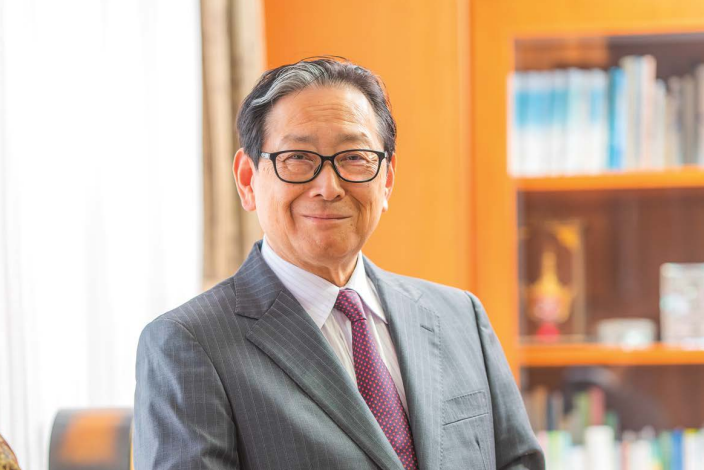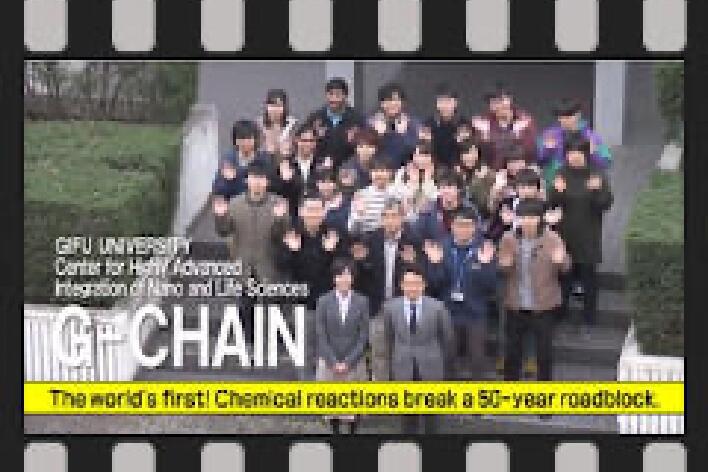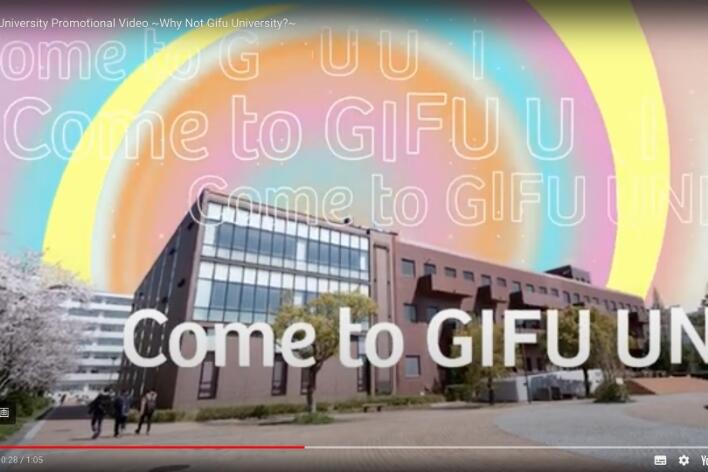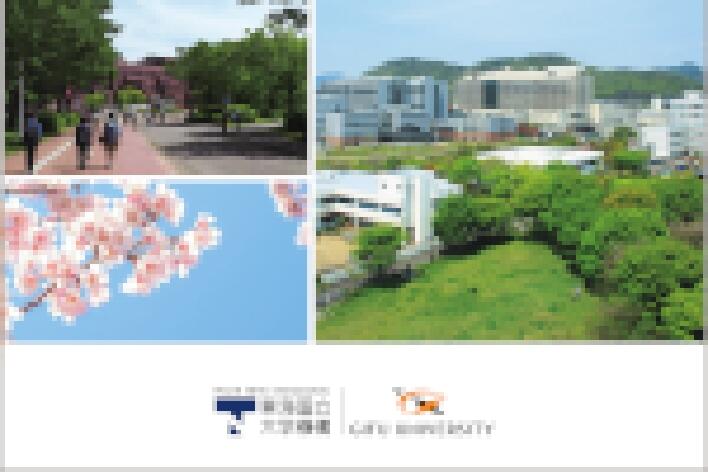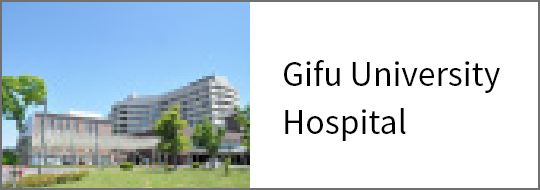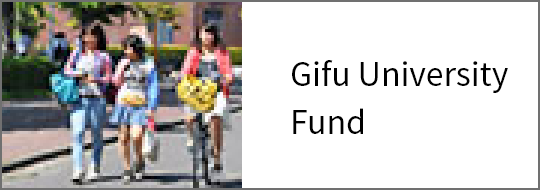Co-Design Research Center, Institute for Advanced Study, Gifu University:Scientific approach to social system designs toward sustainable communities
*Information related to faculty members/students and graduate schools at Gifu University here are all that of the time of interviewing.

Considering regional issues further with installation of a new center as an opportunity
Gifu University established a new organization called the Co-Design Research Center in April 2020. It aims to examine the designs of "people, town, and value" using a scientific approach to improve the value of community, enrich people's lives, and achieve a vibrant and sustainable society through cooperation among industry, government, and academia. It is also a part of "Regional Development Vision 2030," which summarizes basic policies and action plans for future research and industry-government-academia cooperation by Gifu University.
The Center, which is my affiliation, focuses on social implementation of research achievements. There are experts from various fields, and the aim is to support vibrant communities through further cooperation.
In 2021, a new academic department, the School of Social System Management, where practical management can be learned, is to be established. The plan is to first establish a community laboratory in Gifu City. The Co-Design Research Center will utilize the community laboratory as a satellite facility to create an environment that enhances cooperation with local companies and residents. Regional challenges will vary greatly between mountainous regions, meso mountainous regions, and local cities. In the future, we hope to establish community laboratories with different cultures in the cities of Nakatsugawa and Takayama to learn their various cultural circumstances. In this manner, we hope to contribute to solutions that are not limited to Gifu Prefecture but extend to rural communities across Japan.
In a topic that I have been considering for some time, wildlife countermeasures, community issues cannot be resolved by simply studying wildlife. A multifaceted perspective that includes depopulation, aging, inheritance of education and culture, and so on is necessary. I personally aim to utilize the characteristics of this center to solve regional issues from a multifaceted viewpoint that traverses the research fields aggregated on the campus.
●Goals of the Co-Design Research Center
Community-building think tank
In June 2020, Gifu University presented the "Regional Development Vision 2030," which summarizes basic policy and action plans for future research and industry-government-academia cooperation toward achievement of the mission of the Tokai National Higher Education and Research System. In the Regional Development Vision 2030, the Co-Design Research Center plays the role of a "community-building think tank" that improves community value and enriches people's lives. Researchers of diverse fields at our center pursue "people," "town," and "value" designs for complex and diverse community social problems using scientific approaches, with the goal of achieving a sustainable society, in cooperation with companies and municipalities. The targets of the research and development include urban planning, comprehensive disaster prevention, product development, and human resource development. In addition to the work described here, recent activities include joint development of products that achieve a safe living space in shelters using recycled materials with TonoCore Co., Ltd. (Ena City, Gifu Prefecture), which develops and manufactures cardboard.
Obtaining a hunting license to address wildlife issues in mountainous regions

I have been studying wildlife since I was a university student. Since becoming a faculty member at Gifu University, I have been working on wildlife management because damage to agricultural crops in Gifu Prefecture is worsening every year. I had been capturing wildlife for my research, but it is necessary to communicate with hunters to understand the actual situations in order to manage wildlife such as deer and wild boar. Thus, I chose to obtain licenses for hunting and trapping and work on solutions to damage caused by wildlife through the actual experience of hunting.
When you hunt, you realize how difficult it is as a beginner to capture wildlife. However, if we gave up hunting with the thought that "experience and instinct are necessary," as hunters often say, we would not be able to nurture new hunters in a short period of time and thus reduce the damage caused by wildlife.
Therefore, I decided to prepare a manual describing simple methods of capturing wildlife and distributed the manual. With this manual, a local person with no previous experience successfully hunted 130 deer within three months after starting to hunt. When one is able to hunt a large number of animals, there is the new question of what to do with them. Thus, we distributed a guideline explaining how to dismember an animal hygienically. Additionally, for Gifu Prefecture, we prepared a system by which gibier cuisine can be offered safely.
As I continue to work with this series of processes from hunting to resource use, I am also developing a new trap. After setting a trap, to reduce the stress on captured animals and avoid risk to a third party, the trap must be monitored every day. However, as this task is labor-intensive, I wondered whether an automatic notification system that alerts the trapper when an animal is captured in a trap, even outside of cellular coverage, could be developed. At this time, I became aware of the Foresttosea Co., Ltd., which managed communication devices at the Gibier Summit event in 2016. In 2017, we began developing the Oriwana System, a remote monitoring device for wildlife traps that uses low-power, wide-area (LPWA) communication.
LPWA is a communication method that allows long-distance communication while keeping the power consumption low. It is already in use to check electric meters and perform temperature control in greenhouses. However, typical LPWA communication is disrupted in mountainous regions because of the shape of the terrain. Specifically, 81.2% of Gifu Prefecture is covered by forests, and there are many areas without cellular coverage, making this system virtually useless. Thus, we employed GEO-WAVE, a unique telecommunication standard equipped with two-way relay functions with strong radio wave output.

2.3 Devices for a hunting support system that uses a LPWA communication system, the Oriwana System, were installed at the survey target areas. Because the devices are compact and light-weight, complex wiring or large-scale construction is not necessary. Relocation is also easy.
4. Traps successfully captured deer. Trap information is shared instantly via the cloud.
●A mechanism of wireless connection in mountainous regions outside of the cellular service area
A unique communication standard developed by Foresttosea Co., Ltd., GEO-WAVE, has three characteristics: high-power-long-distance communication, relay function, and two-way communication. It achieves communication in mountainous regions where mobile lines or satellites cannot be used. As radio waves can go around obstacles and be reflected, wireless communication and data exchange between terminals are possible in rugged mountainous regions.
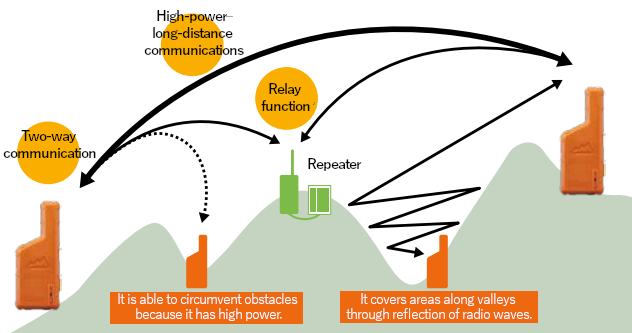
Developing a notification system for traps to establish a new communication method in areas with no cellular service

We used LPWA technology from Foresttosea Co., Ltd., as a notification system for wildlife traps and attempted commercialization while utilizing the knowledge that I gained in the field. For example, technicians tend to conduct tests for optimal reception; however, a majority of users are seniors who are not comfortable with IT devices and might install devices at non-ideal locations. Devices also must withstand natural environmental changes such as rain and wind. Thus, we focused on how the devices could be used in the field.
After some trial and error, we completed an energy-efficient and small Oriwana System that can be used for a long period of time with an independent power source. However, the market is small if the product is used only as a hunting aid, and we would not be able to recover the development costs. Thus, we aimed to build a communications platform that can be used for purposes other than hunting.
Sales of the Oriwana System began in 2018, and it has already been introduced in 75 locations across Japan. At the beginning of development, the system had only a trap notification function, but requests for image confirmation and messaging came to us. With such functions, the system could be used to confirm the safety of hikers in distress or to search for missing hikers. It could also be used as a communication method for workers in mountainous regions where cellular service does not exist. Thus, presently, we are conducting tests toward practical use of messaging and imaging functions. This system uses a cell phone app to connect with a GEO-WAVE terminal via Bluetooth, allowing for chat between terminals, sharing of positional information, and transmission and reception of SOS messages. In addition, we are developing a system that transmits heart rate and heat stress levels that could lead to early detection of accidents and physical problems and also a framework that sends weather information from areas without cellular coverage.
The major advantage of a communication system that uses GEO-WAVE is that installation of a large-scale base station is not necessary. Because the communication area can be expanded using a small repeater that works with an independent power source, the cost of installation is notably low. Thus, a communication infrastructure can be secured in remote areas where installation of a base station is difficult for private mobile carriers. This provides a sense of security from being connected. As many areas in Japan are becoming depopulated, this system has the potential to play an important role.
We will continue to face challenges reported from various locations across Japan and maximize the use of expert knowledge from the various subject matter affiliated with the Co-Design Research Center. In this manner, we will improve the community contribution by Gifu University.
